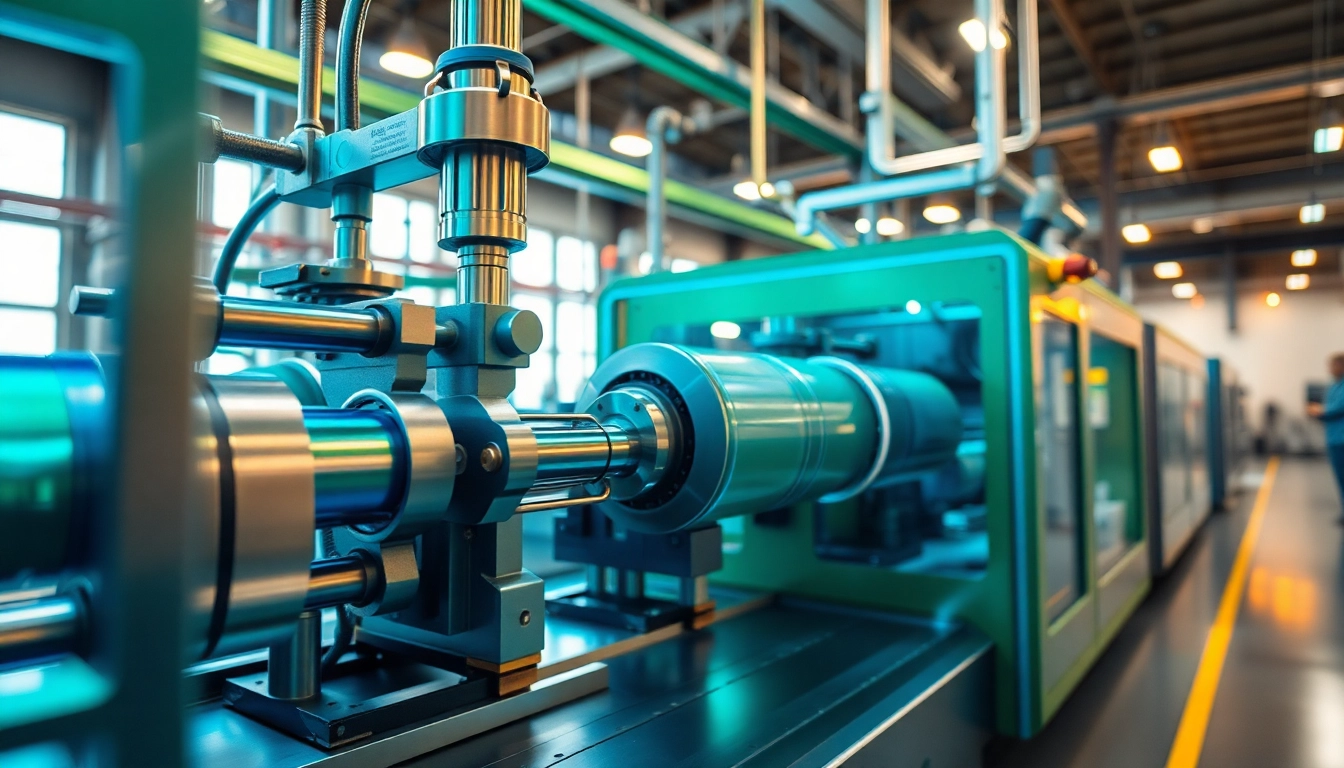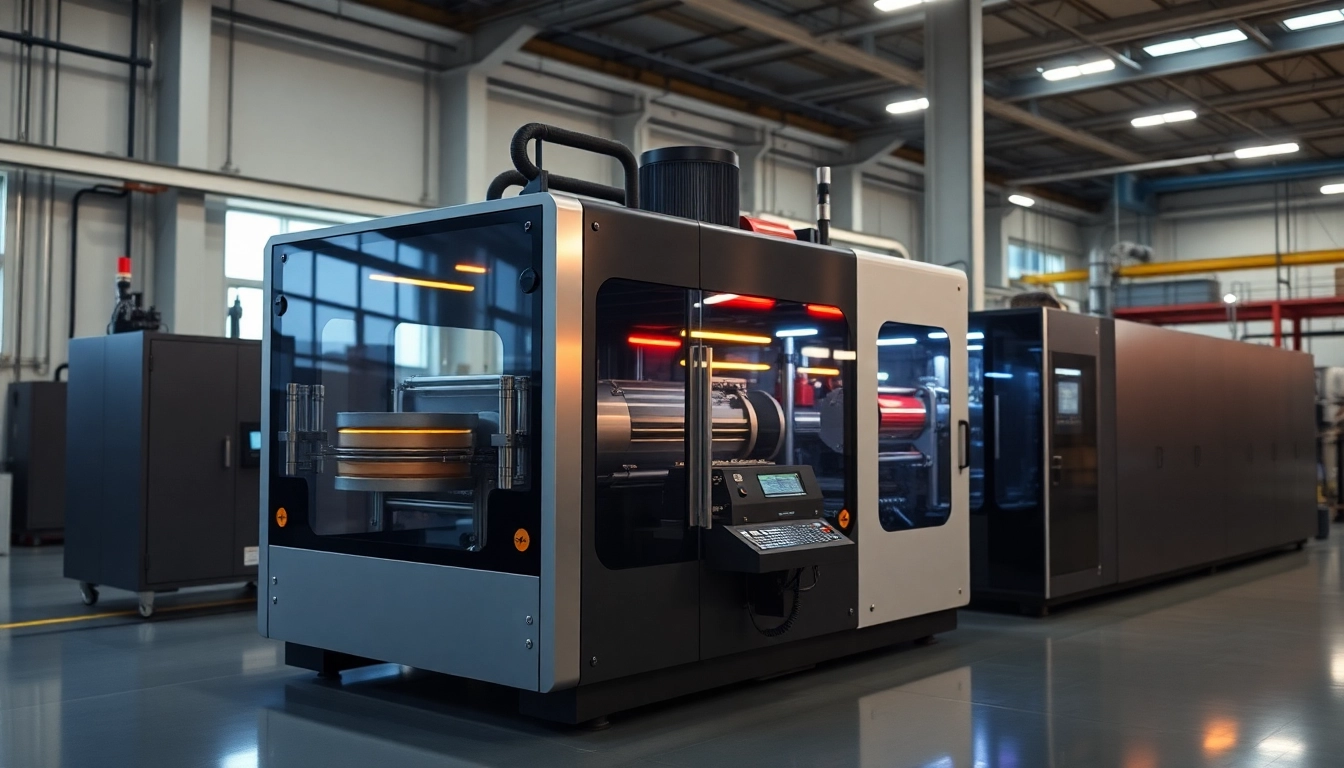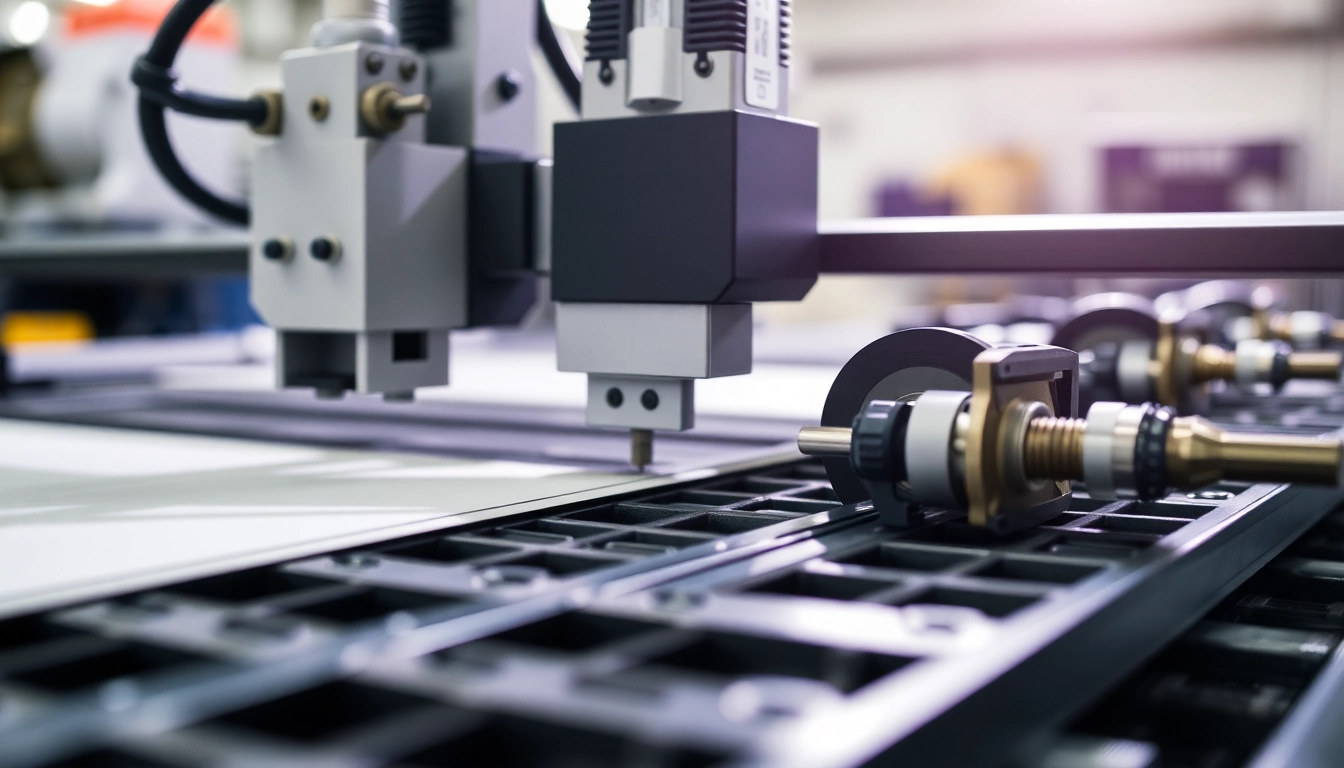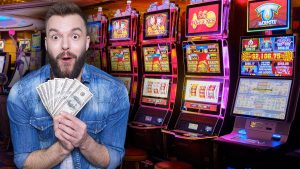Top Oxy Gas Welding Kit Essentials: Maximize Your Welding Efficiency
Understanding the Oxy Gas Welding Kit
What is an Oxy Gas Welding Kit?
An oxy gas welding kit is a vital tool for various welding tasks, combining both oxygen and acetylene gases. This kit enables intense flame generation, pivotal for melting and joining metals. Initially prominent in the industrial landscape, the oxy-acetylene technique is now also favored by hobbyists and DIY enthusiasts for projects ranging from automotive repairs to metal art fabrication. The versatility and effectiveness of an oxy gas welding kit make it indispensable in all metalworking applications.
Components of a Quality Oxy Gas Welding Kit
A quality oxy gas welding kit comprises several key components that work collaboratively to create a powerful and versatile welding system. The essential parts include:
- Oxygen Cylinders: These are pressurized tanks that store oxygen used to hasten the combustion of acetylene gas.
- Acetylene Cylinders: Similar to oxygen tanks but specifically designed for storing acetylene gas, which burns hot enough to weld and cut metals.
- Regulators: Devices that control the pressure and flow of gases from the cylinders to the torch, ensuring a consistent and safe operation.
- Welding Torches: The critical component used to combine gases and produce a flame. This can be a cutting torch for precise metal cutting or a welding torch for joining metals together.
- Hoses: Flexible tubes made of durable materials that transport gas from the cylinders to the torch. They are color-coded with red for acetylene and green for oxygen.
- Welding Goggles and Protective Gear: Essential safety equipment to protect the eyes and skin from bright flames and sparks generated during welding.
How Oxy Gas Kits Work
The operation of an oxy gas welding kit is rooted in creating a controlled combustion reaction. The process starts with oxygen and acetylene being released from their respective cylinders through the regulators. The torches effectively mix these gases, allowing them to combust with the intense heat generated by the flame. The flame produced can reach temperatures up to 3,500 degrees Fahrenheit, ideal for melting metals like steel and aluminum.
Applications of Oxy Gas Welding Kits
Home Projects and Repairs
Many homeowners and DIY enthusiasts utilize oxy gas welding kits for various projects and repairs around the house. Applications include:
- Metal Furniture Repair: Restoring outdoor furniture, railings, and gates.
- Automotive Repairs: Creating custom parts or fixing damaged components in vehicles.
- Pipe and tubing work: Joining or assembling metal pipes for plumbing or fabrication.
- Artisan Metal Work: Crafting artistic pieces such as sculptures or decorative fixtures.
Industrial Uses for Oxy Gas Welding
In the industrial landscape, oxy gas welding kits are essential in various sectors, including:
- Manufacturing: Used for assembling products and repairing equipment.
- Construction: Ideal for welding beams and metal structures, ensuring robust building frameworks.
- Automotive: Vital for manufacturing and repairing vehicles, from chassis to exhaust systems.
- Shipbuilding: Crucial in the assembly and maintenance of ships and marine vessels.
Advantages Over Other Welding Techniques
The use of an oxy gas welding kit offers several advantages compared to other welding methods:
- Portability: Oxyacetylene welding kits are often portable, making them easy to use in various locations.
- Cost-Effective: The equipment is typically less expensive than alternative welding systems, making it accessible for hobbyists and small businesses.
- Versatility: These kits can be used for welding, cutting, and brazing, offering a wide range of applications.
- Ease of Learning: Oxy gas welding is relatively straightforward to learn, allowing beginners to master the technique quickly with proper training.
Choosing the Right Oxy Gas Welding Kit
Key Features to Consider
Selecting the right oxy gas welding kit involves understanding the essential features that cater to individual needs:
- Size and Capacity: Choose a kit based on your project demands, including the size of cylinders and the overall capacity to sustain long working hours.
- Regulator Quality: High-quality regulators ensure precision control over gas flow, which translates to better welding results.
- Torch Versatility: Look for kits that offer different torch heads for various applications, such as cutting or detailed work.
- Durability: Ensure the hoses, regulators, and other components are made from sturdy materials to withstand wear and tear.
Best Brands for Oxy Gas Welding Kits
When considering purchasing an oxy gas welding kit, reputable brands include:
- Lincoln Electric: Renowned for robust and reliable welding equipment suitable for both amateurs and professionals.
- Harris: Offers a variety of torch kits and accessories known for their quality and durability.
- Victor: A trusted brand in the welding industry, recognized for its innovative torch technologies and reliable components.
- UNIMIG: Known for providing essential welding solutions and kits tailored for performance and usability.
Price Ranges for Various Kits
The price of oxy gas welding kits can vary significantly based on features and specifications. On average:
- Entry-level kits may start around $99, typically including basic torches and some accessories.
- Mid-range options can cost between $200-$500, often featuring enhanced features and larger cylinder capacities.
- High-end kits, including advanced technologies and industrial-grade components, can exceed $1000.
Safety Practices for Oxy Gas Welding
Essential Safety Gear
Safety is paramount when operating an oxy gas welding kit. The necessary protective equipment includes:
- Welding Goggles: Protects eyes from the bright light and harmful radiation emitted during welding.
- Welding Gloves: Essential for hand protection against heat and sharp metal edges.
- Flame-Resistant Clothing: Long-sleeved shirts and pants made from non-flammable materials to shield the skin from sparks and heat.
- Fume Masks: Helps to filter out harmful fumes and gases produced during the welding process.
Safe Handling of Oxy Gas Equipment
To ensure safety when using an oxy gas welding kit, observe the following practices:
- Regular Equipment Checks: Routinely inspect hoses, connections, and regulators for wear and leaks.
- Proper Cylinder Storage: Store gas cylinders upright in a cool, dry place away from exposure to direct sunlight.
- Secure Attachments: Always ensure hoses and torches are securely attached to prevent accidental leaks.
- Handle with Care: Always carry cylinders and equipment in a protective manner to avoid damaging components.
Common Risks and How to Mitigate Them
While oxy gas welding is generally safe, certain risks persist. Here are some common hazards along with measures to mitigate them:
- Fire Risks: Ensure the work area is clear of flammable materials and have a fire extinguisher on hand.
- Gas Leaks: Regularly check for gas leaks using soapy water to identify leaks in hoses and connections.
- Inhalation of Toxic Fumes: Always work in well-ventilated areas or use fume extraction systems to reduce inhalation risks.
- Electric Shock: If using electric tools alongside welding, ensure that ground connections are intact to minimize shock risks.
Troubleshooting Common Issues with Oxy Gas Welding Kits
Flame Adjustment Problems
Flame adjustment is essential for effective welding. If the flame is too aggressive or weak, consider:
- Checking the gas mixture ratios: Ensure proper oxygen and acetylene ratios to achieve a neutral flame.
- Inspecting regulators: Damaged or malfunctioning regulators can lead to inconsistent gas flow.
- Cleaning the torch: Blockages can lead to flame weaknesses; a clean torch ensures steady gas flow.
Leaks and Equipment Failures
Leaks and equipment failures can pose safety hazards. Here’s how to address them:
- Perform regular inspections: Look for wear on hoses and connections that may indicate potential leaks.
- Use soapy water to identify leaks: Applying a soapy solution on connections can help visualize leaks through bubble formation.
- Replace damaged parts: Never attempt to repair faulty equipment; always replace worn or damaged parts with quality components.
FAQ on Oxy Gas Welding Techniques
If you’re considering using an oxy gas welding kit, you may have a few questions. Here are some frequently asked questions:
- Is oxy-fuel welding obsolete? While it’s true that newer technologies have emerged, oxy-acetylene welding still holds its place due to its versatility in specific niche applications.
- Can I utilize MAPP gas instead of acetylene? Though MAPP gas offers certain advantages such as safer transport, it does not achieve the same welding temperatures as acetylene.
- Is oxy-acetylene welding easy to learn? Yes! With the right training and practice, many people can quickly learn the technique and achieve proficient results.








Post Comment